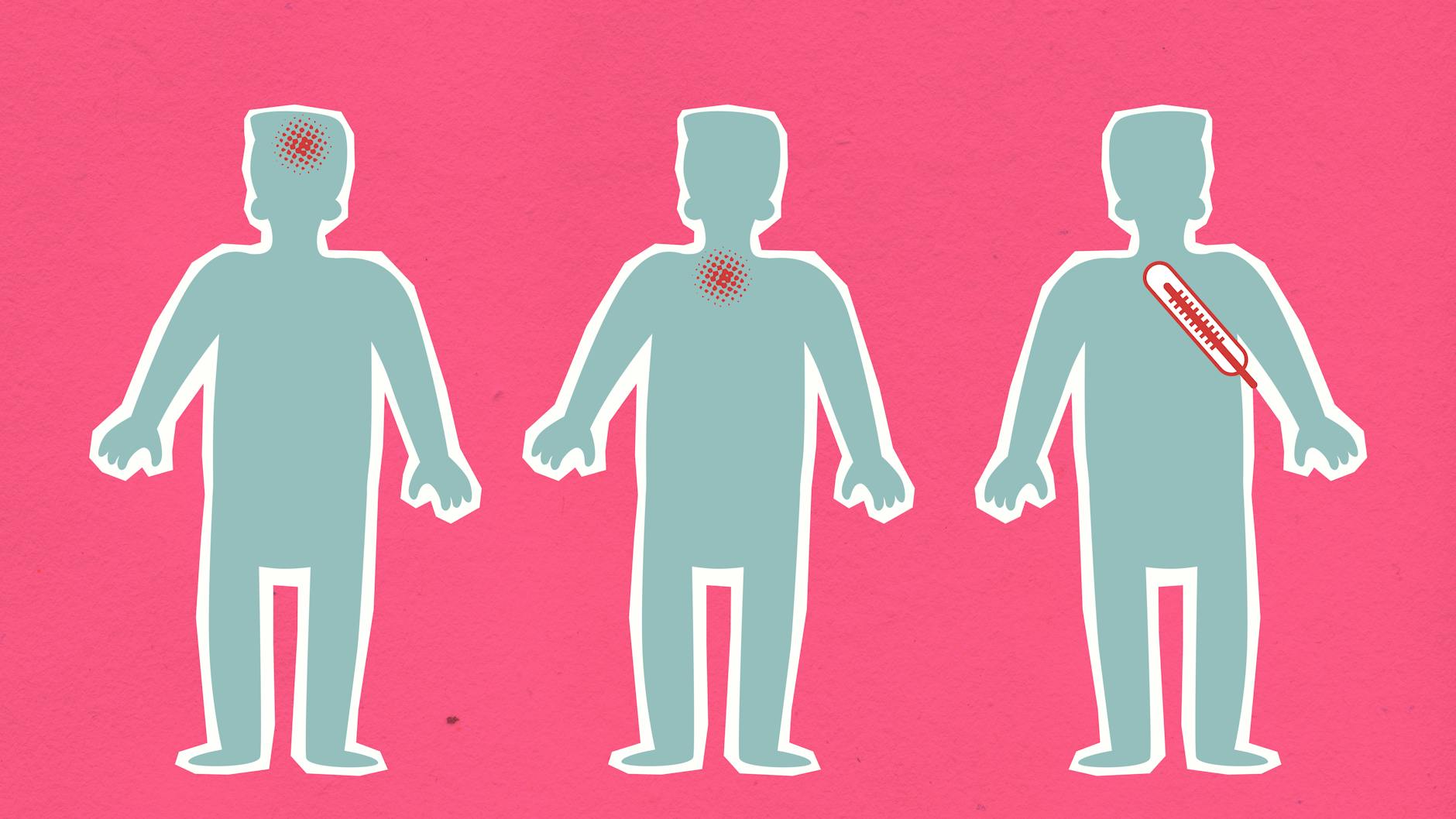
Heat Exhaustion Temperatures
Heat exhaustion is a serious condition that occurs when the body overheats due to exposure to high temperatures and inadequate hydration. It is often a result of prolonged exposure to heat and physical exertion, especially in hot and humid environments. Understanding the signs, symptoms, and prevention methods is crucial for staying safe in the heat.
What is Heat Exhaustion?
Heat exhaustion occurs when the body’s internal temperature rises to dangerous levels, typically above 104°F (40°C). It is often accompanied by dehydration and an inability to regulate body temperature effectively. Prolonged exposure to high temperatures, combined with inadequate fluid intake, can lead to heat exhaustion.
Symptoms of Heat Exhaustion
Recognizing the early signs of heat exhaustion is essential for prompt treatment and prevention of serious complications. Common symptoms include excessive sweating, fatigue, weakness, dizziness, headache, nausea, and rapid heartbeat. In severe cases, heat exhaustion can progress to heatstroke, a life-threatening condition.
Risk Factors for Heat Exhaustion
Certain factors increase the risk of developing heat exhaustion. These include high temperatures, humidity, strenuous physical activity, inadequate hydration, and certain medical conditions such as heart disease and diabetes. Additionally, infants, children, the elderly, and individuals with certain medications are more susceptible to heat-related illnesses.
Effects of High Temperatures on the Body
When exposed to high temperatures, the body tries to cool down through sweating and increased blood flow to the skin’s surface. However, prolonged exposure can overwhelm these mechanisms, leading to heat exhaustion. High temperatures can also affect various bodily systems, including the cardiovascular, respiratory, and nervous systems.
Prevention of Heat Exhaustion
Preventing heat exhaustion involves taking proactive measures to stay cool and hydrated in hot environments. This includes staying indoors during the hottest part of the day, wearing lightweight and loose-fitting clothing, drinking plenty of fluids, and taking regular breaks in the shade. It is also essential to avoid strenuous activities during peak heat hours.
Treatment for Heat Exhaustion
If someone shows signs of heat exhaustion, it is crucial to take immediate action to cool them down and rehydrate. This may involve moving to a cooler environment, removing excess clothing, applying cool compresses, and drinking water or sports drinks. In severe cases, medical attention may be necessary to prevent complications.
Long-Term Effects of Heat Exhaustion
While heat exhaustion is usually reversible with prompt treatment, it can lead to long-term complications if left untreated. These may include heatstroke, dehydration, electrolyte imbalances, and organ damage. It is essential to rest and hydrate properly after experiencing heat exhaustion to prevent further health issues.
Importance of Awareness and Education
Raising awareness about the dangers of heat exhaustion and educating individuals about prevention strategies are critical for promoting safety in hot environments. Employers, schools, and community organizations can play a role in providing information and resources to help people stay safe during periods of extreme heat.
Conclusion
Heat exhaustion is a serious condition that can occur when the body overheats due to prolonged exposure to high temperatures and inadequate hydration. Recognizing the symptoms, understanding risk factors, and taking preventive measures are essential for staying safe in hot environments. By staying informed and following recommended guidelines, individuals can reduce the risk of heat-related illnesses and enjoy outdoor activities safely.
National Electrical Safety Month
National Safety Stand-Down to Prevent Workplace Falls
FAQs
- How can I tell if someone is experiencing heat exhaustion?
- Look for signs such as excessive sweating, weakness, dizziness, nausea, and rapid heartbeat.
- Who is most at risk for heat exhaustion?
- Infants, children, the elderly, and individuals with certain medical conditions are at higher risk.
- What should I do if I suspect someone has heat exhaustion?
- Move them to a cooler environment, remove excess clothing, and provide fluids. Seek medical help if symptoms worsen.
- Can heat exhaustion lead to more serious conditions?
- Yes, if left untreated, heat exhaustion can progress to heatstroke, a life-threatening condition.
- How can I prevent heat exhaustion during outdoor activities?
- Stay hydrated, take breaks in the shade, wear lightweight clothing, and avoid strenuous activity during the hottest part of the day.
























